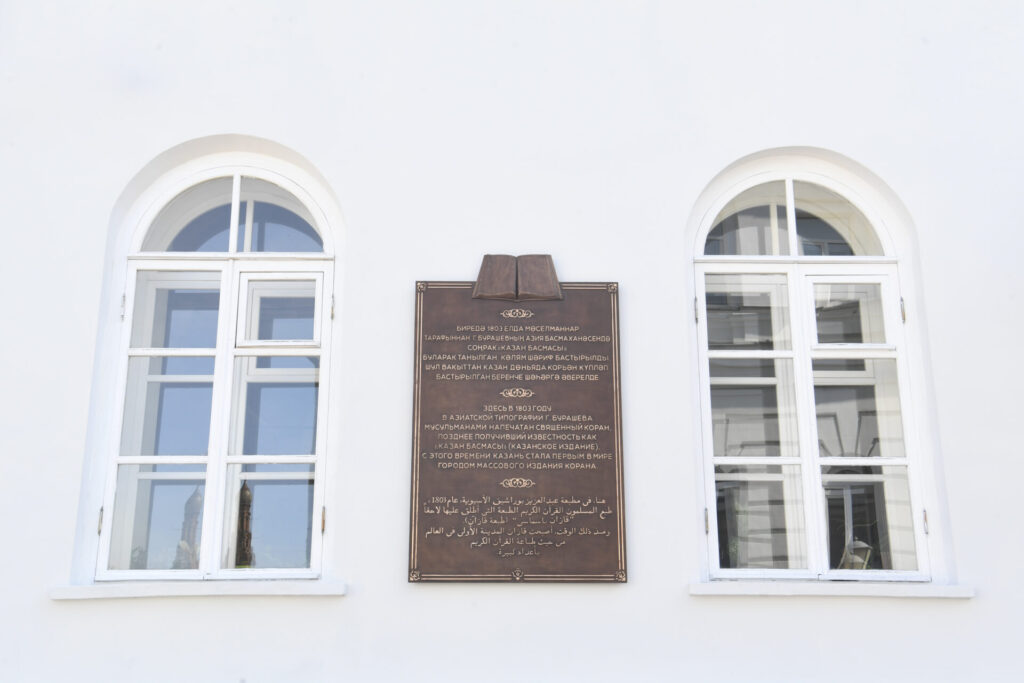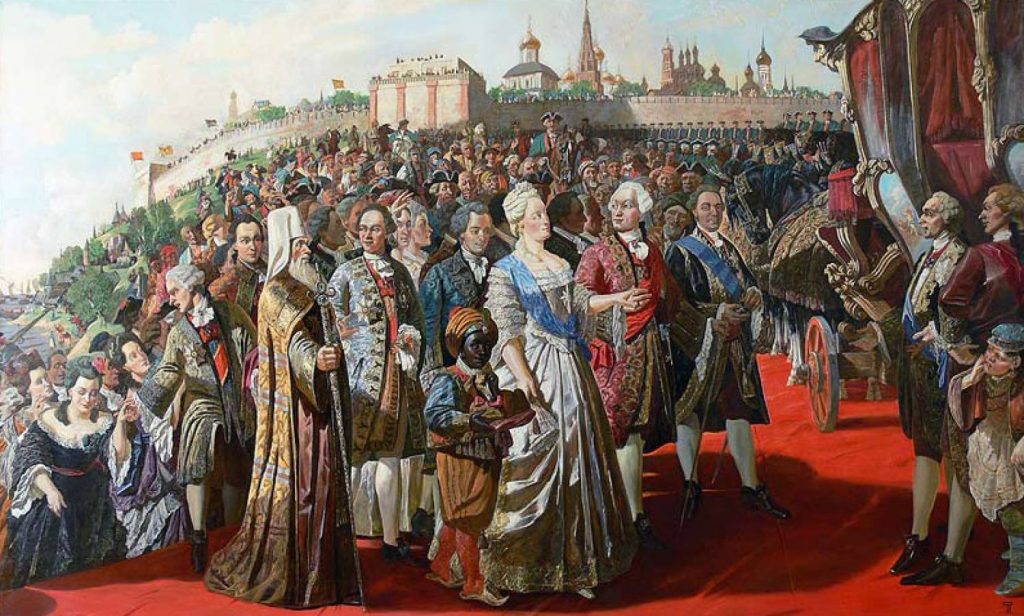Asian Printing House of the Imperial Kazan Men’s Gymnasium.

published the Quran.
In 1800, by decree of Emperor Paul I, the first Tatar printing house in the
Russian Empire was opened in the building of the First Kazan Men’s Gymnasium
for printing books in Arabic script. It became known as the “Asian” since it used
Arabic-script typefaces.
The Asian printing house was managed by retired Ensign Gabdulgaziz
Burashev, with Khamza Mamyshev as the proofreader, Gali Rakhmatullin as the
typesetter, and Muhammad Abdrazyakov, the imam of the Old Tatar Quarter
Mosque, serving as the censor.
Initially, the printing house was leased under burdensome terms and, being
newly established, was unprofitable. This led to Gabdelgaziz Burashev’s potential
withdrawal, but merchants Yusup Apanayev, Murza Kalmetov, and Gabdelmazit
Bakirov provided a deposit and vouched for his solvency.
Later, until 1806, merchant Yunus Apanayev took over the printing house
under a temporary contract with the gymnasium. During this period, Apanayev
printed eight books, including two full editions of the Quran and four editions of
Haftiyak (a seventh part of the Quran). Additionally, the typesetting of the St.
Petersburg Quran editions was revived.
However, due to the high costs of maintaining the printing house and the wear
of its typefaces, Yunus Apanayev was forced to abandon his lease. Subsequently,
the gymnasium assumed full control, imposing high tariffs for book printing. For
example, in 1814, merchant Yunusov paid 5,203 rubles to print 3,000 copies of the
Quran, excluding paper and binding expenses, – more than double the printing
house’s own value.
In 1829, the Asian Printing House became part of Kazan University’s printing
facilities. As part of one of the country’s oldest universities, it continued printing
Arabic-script books, including Qurans, until the February Revolution. We’ll
discuss this in more detail next time.
Finally, we should mention that on May 20, 2023, a memorial plaque was
unveiled on the gymnasium’s former printing house. The photo shows the building
and a bronze plaque inscribed in Tatar, Russian, and Arabic: “Here in 1803, the
Holy Quran was printed by Muslims in G. Burashev’s Asiatic Printing House, later
known as the Kazan Basmasi (Kazan Edition). Since that time, Kazan became the
world’s first city of mass Quran publication.”
*Materials are provided by the State Budgetary Institution Kazan Kremlin
Museum-Reserve.
Other publications
All publications04.04.2025
The 1803 Quran for Children

August 23
Mosques of the Old Tatar settlement (Starotatarskaya Sloboda)
Among the historical and architectural sights of the Old Tatar settlement there is a monument that has evoked a special feeling among Muslims for two centuries now - a sense of reverence. This is one of the two oldest and the first stone mosques in the city, built after the conquest of the Kazan Khanate, now known under the name of the outstanding religious figure Shigabutdin Mardjani.

